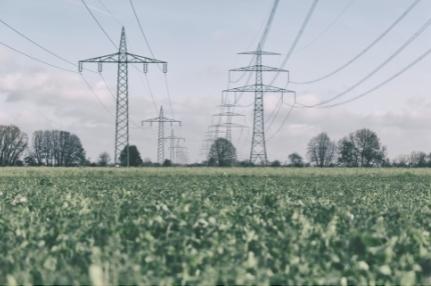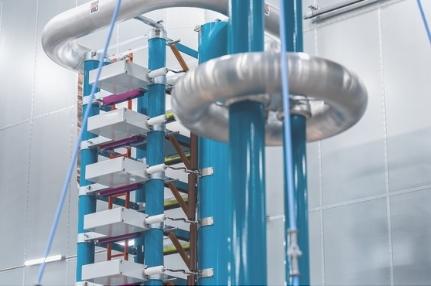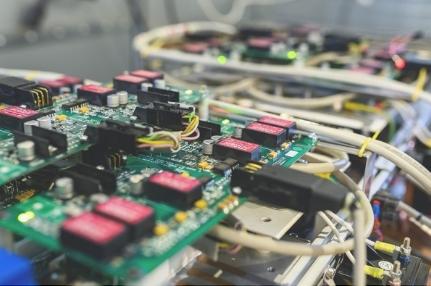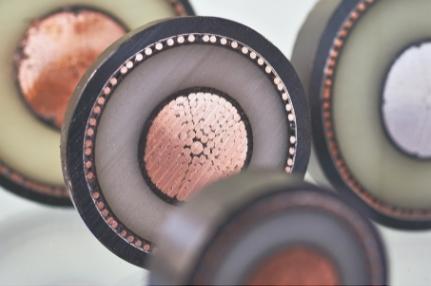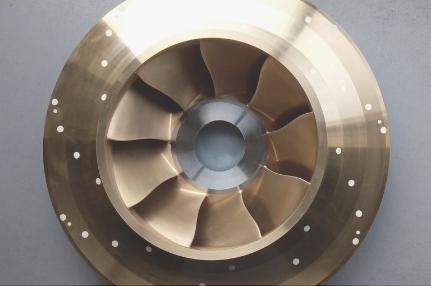Research & Collaboration
What makes us unique?
SuperGrid Institute owes its success to the people who make up our various research departments. Our teams come from diverse backgrounds in industry and academia, and their wealth of experience and skills make the Institute unique. Each individual brings specific expertise to the table.
This melting pot of knowledge offers opportunities for specialists from different fields to collaborate on new and innovative solutions to technical problems.
The Institute also benefits from close collaborative relationships with industry and academic institutions. The complementary strengths of our partners provide insights and innovative approaches to technical challenges. At the same time, we retain total independence in our research. Public-private investments and collaborative projects finance our work.
SuperGrid Institute’s state-of-the-art research facilities, test platforms and laboratories at the Villeurbanne and Grenoble sites are key to the success of our five research departments.

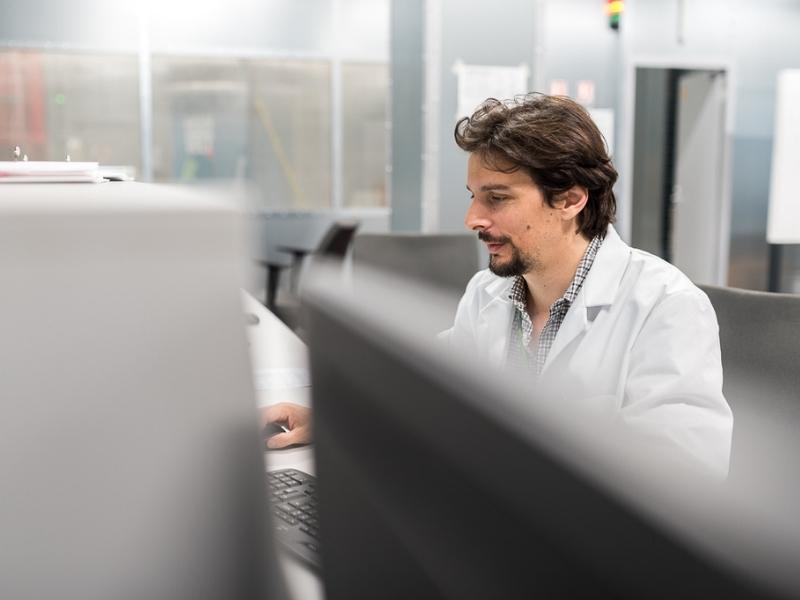
Latest scientific publications
Characterization of Partial Discharges Initiated by Protrusion in HVDC Coaxial Geometry
This paper aims at the detection and characterization of partial discharges (PD) in GIS under HVDC constraints in the presence of a protrusion/metallic particle on the high voltage conductor.
Partial Discharge Behavior of Protrusion on High Voltage Conductor in GIS/GIL under High Voltage Direct Current: Comparison of SF6 and SF6 Alternative Gases
Recent studies have demonstrated that fluoronitrile (FN) NovecTM 4710 and fluoroketone (FK) NovecTM 5110 show higher dielectric strength than SF6. These gases can be mixed with a buffer gas such as CO2 and technical air to have suitable dielectric properties for high voltage insulation applications.
NPC assessment in insulated DC/DC converter topologies using SiC MOSFETs for Power Electronic Traction Transformer
Power electronic traction transformers (PETT) are multilevel AC/DC on-board converters, studied for railway applications to replace traditional solution with low frequency transformers. This paper focuses on the insulated DC/DC converter in a PETT. Three variants of resonant single active bridges (R-SAB) with 3-level NPC primaries are optimised to maximise the efficiency, under mass and dimension constraints. They are sized and compared for a 2 MW PETT on a 15 kV/16.7 Hz railway infrastructure, using 3.3 kV SiC MOSFETs and nanocrystalline C-core transformers with cast resin insulation and forced air cooling. The highest efficiency at nominal power, 99.17 %, is reached for a configuration with a 3-level full bridge NPC primary, a 2-level full bridge secondary, and a 32.1 L/49.1 kg transformer operating at 6 kHz.


